Existing User Log In
New User Registration
Register for a free account to gain full access to the VGChartz Network and join our thriving community.



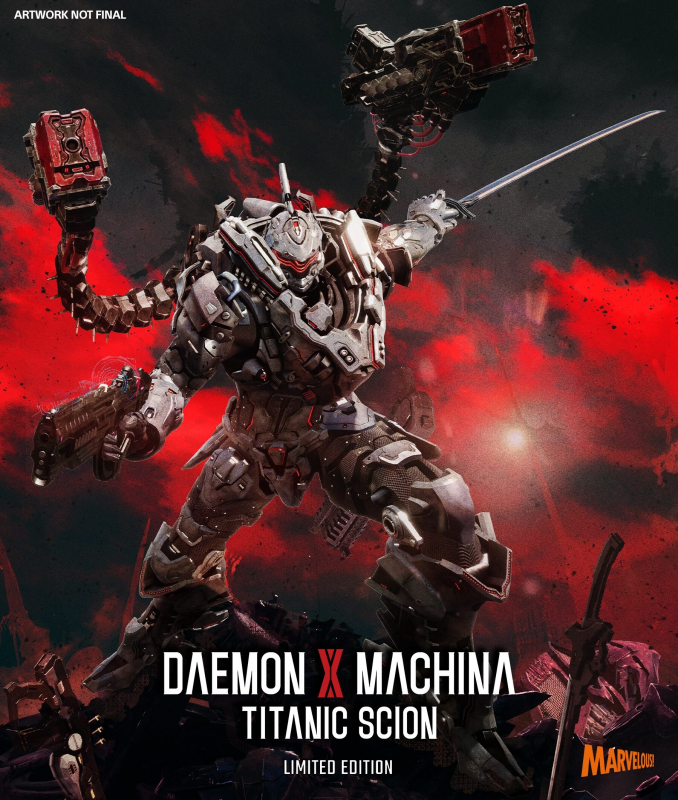

America - Front
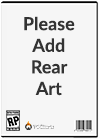

America - Back

First Studio
Action
 (Add Date)
(Add Date) (Add Date)
(Add Date) (Add Date)
(Add Date)
| Owners: | 0 |
| Favorite: | 0 |
| Tracked: | 1 |
| Wishlist: | 0 |
| Now Playing: | 1 |
If The Game Awards had a category for best title, Daemon X Machina: Titanic Scion would be a shoe-in. Indeed, it would be difficult to summon a more perfect sci-fi name, with more futuristic, speculative, or high-tech components. It's just pure cool fuel. And it's representative of its own gameplay, which is all about impossibly nimble, weapons-laden mechs skating and zipping around a far-future wasteland, destroying mutants and super soldiers with lasers, rockets, and swords. The 12-year-old kid in me thinks Titanic Scion is just about the coolest thing ever; the adult version, while more critical, remains impressed by its ambition.
Titanic Scion takes place hundreds of years after the original Daemon X Machina, in the aftermath of the Great War, fought between humankind and Outers (people born with innate special abilities and considered non-human). At the end of the war, the Outers prevailed, enacting a strict military regime called the Sovereign Axiom. From their orbital base, the Garden, they rule what's left of humanity on the planet surface below. The game begins with an Outer (your player character) in a Garden facility on the verge of becoming a Centurion. The process is interrupted by your friend, Nerve, who explains the horrifying reality, that Axiom scientists extract genes from the best soldiers and implant them into others. Soon you and Nerve are making a desperate escape from the orbital station. After being clipped by enemy fire, you find yourself marooned on the planet below, surrounded by Reclaimers (humans committed to overthrowing the Axiom).
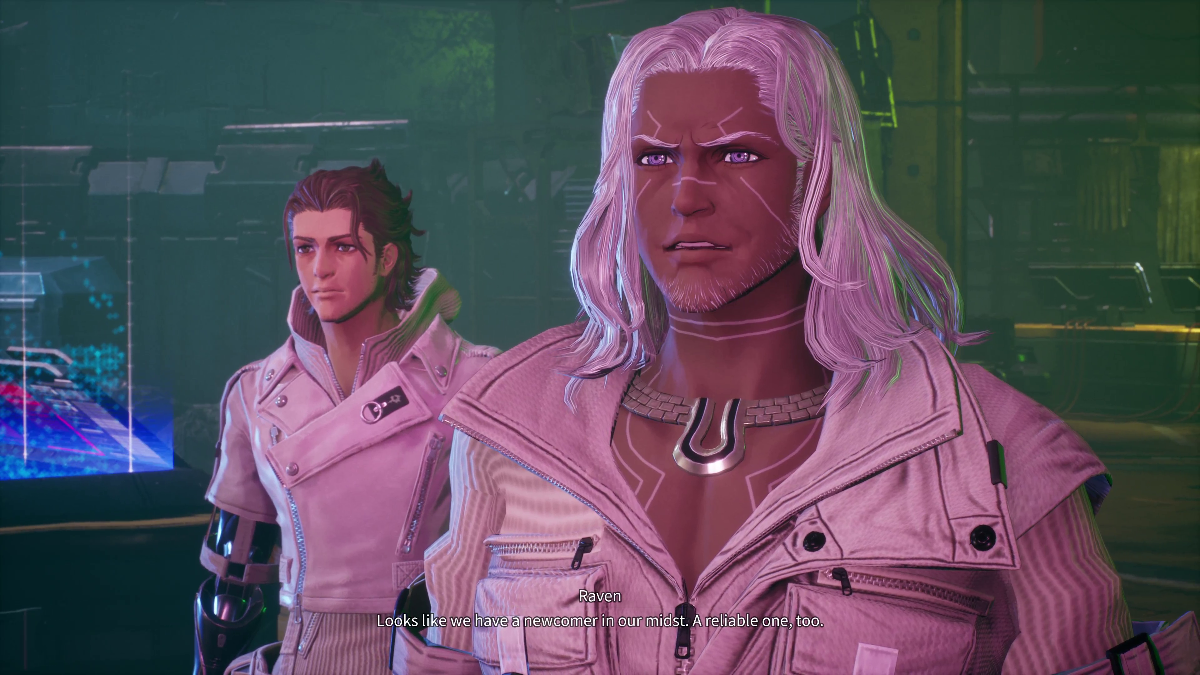
The mythology of Titanic Scion is filled with heady sci-fi ideas, but the story itself is only okay. The characters are archetypes, mostly, and the situations clichéd — although it sort of works in a Saturday morning anime kind of way. The biggest problem, apart from some melodramatic voice acting, is that it all feels rushed, both in terms of plot and character development. The game hurries to introduce the Neun (the Axiom's elite hit squad); it hurries to introduce side characters and sad backstories; it hurries toward conflict. It also tends to introduce characters as if we should know who they are, which is something its predecessor also did.
The gameplay loop fares much better. Once on the surface, things open up quickly. You'll trek to the Fort, a Reclaimer stronghold that acts as a base and staging ground. There you'll accept missions, outfit and customize your Arsenal exoskeleton, purchase items, and visit the ice cream parlor (yes, really) before heading out into the vast open world beyond its gates. Defined by discrete ecological zones — plains, swamps, mountains, etc. — and populated with mechanical and organic enemies, this open-air expanse is where you'll do most of your campaigning.
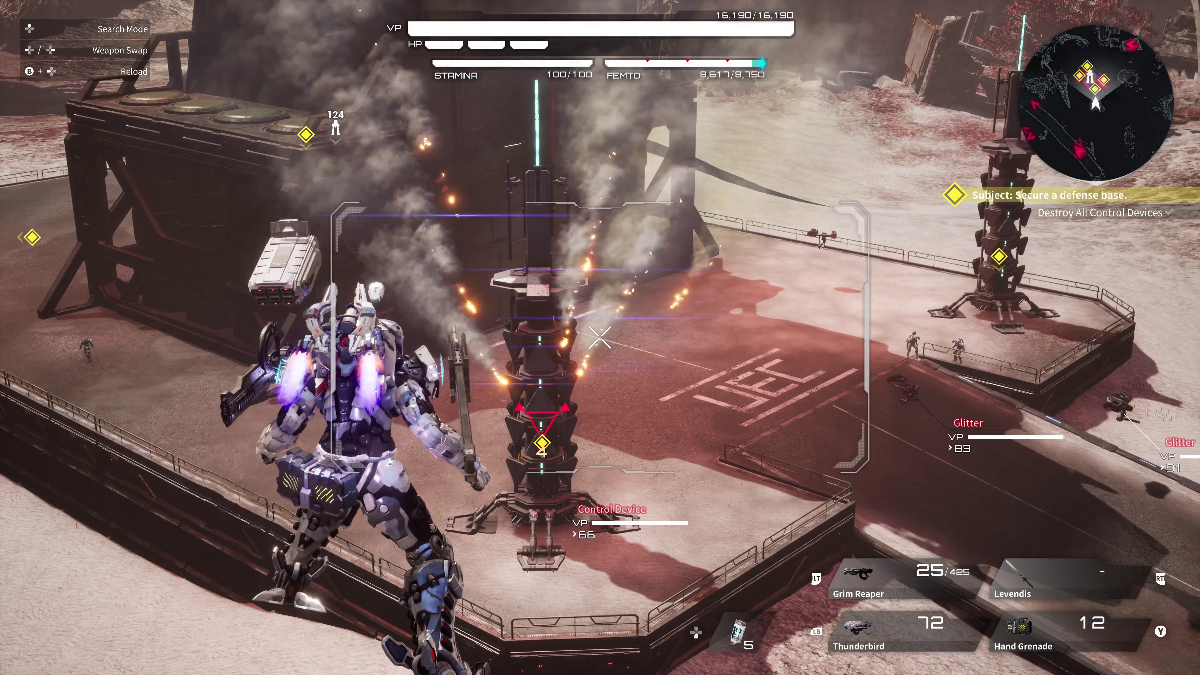
While the planet surface in Titanic Scion lacks the biodiversity, vitality, and density of some other open worlds, it's undeniably fun to explore — on foot, inside a four-wheeled vehicle, or cutting through the sky in your Arsenal. In fact, developer Marvelous First Studio paid close attention to the transportation options in the game, allowing players to experience both exploration and combat from many different angles. You can dash and slide across dirt paths, rumble over rough terrain in armored trucks, laugh at gravity in your airborne mech, and survey your surroundings atop a wild horse (although how the horse supports your heavy armored suit is a mystery). You can even summon a motorcycle that transforms into mobile artillery.
As you explore, you'll run afoul of several different types of enemies: Axiom soldiers on patrol, mutated beasts, and building-sized Immortals. Luckily, your Arsenal is equipped with several offensive options. You can carry a projectile or melee weapon in your left hand, another in your right hand, another mounted on your shoulder, and yet another on your person in an auxiliary slot. And you can bring into battle back-ups for each of your main weapons, resulting in six different attack alternatives.
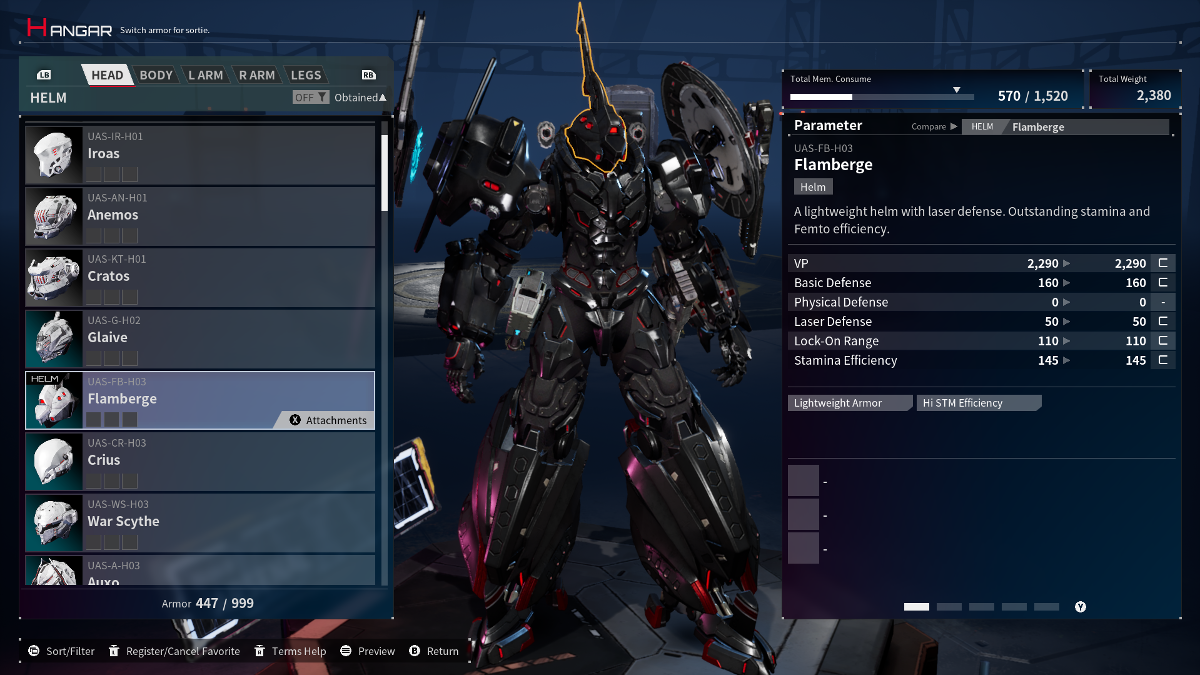
The sheer diversity of weapon types is impressive. You can carry, among many others: assault rifles, well-balanced firearms capable of rapid-fire; mini-guns, heavy, two-handed weapons that reduce movement speed when equipped; laser blades, fast swords with good critical hit rates; shields, which can block damage and parry attacks; and, my personal favorite, maces, slow-moving clubs with high damage, flinch, and knock-back stats. What's more, the game introduces plenty of scenarios that reward you for picking the right weapon for the job. For example, soft flesh is weak against physical attacks, while hard flesh is weak against laser attacks. Also, depending on what firearms and blades you use, you can stagger enemies, opening them up to dramatic grab attacks.
Perhaps the best part of fighting in Titanic Scion isn't the combat per se, but the post-combat rewards. Fallen beasts, soldiers, and Arsenals will often leave behind loot in the form of armor, weapons, healing items, and crafting materials. In some instances, you'll find a better version of your current firearm or a brand new weapon type. It's incredibly rewarding and addictive. Once you start the hunt for better equipment, it will be hard to stop.
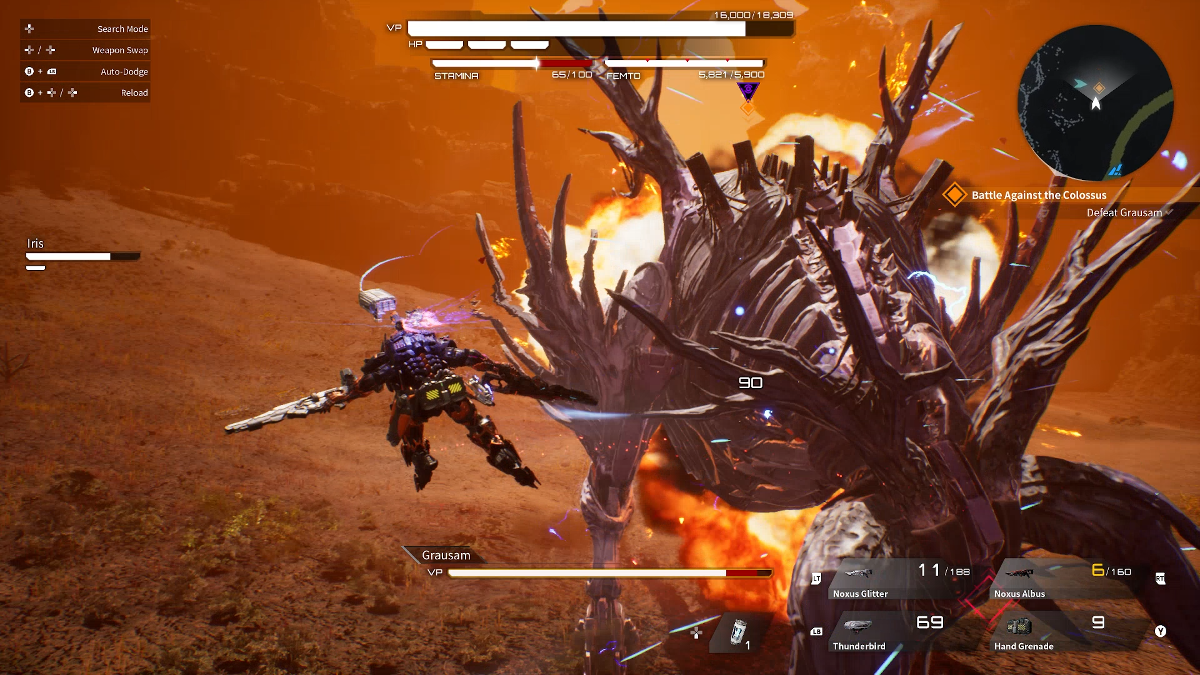
The process of aimlessly roaming around the planet's surface looking for more powerful loot is arguably more engaging than the more structured aspect of the game. Side missions are fairly repetitive and the main missions, while hugely impactful from a narrative point of view, lead to some difficulty spikes. Many of them involve investigating some disturbance and then being ambushed by a member of the Neun. While several of these boss fights are interesting from a mechanical point of view — one boss will hack nearby turrets and aim them at you, one will cloak herself, one will summon abominations to fight as her proxies, etc. — they can also turn into slogs, especially if you're under-leveled.
Speaking of bosses, they are something to see. Their mech designs — indeed all the mech designs in the game — are stunning, thanks to legendary mechanic designer Shōji Kawamori (Omega Boost, Macross, Armored Core). The human designs are also stunning, but in a different way. Many of the characters in Titanic Scion dress like they're preparing for the Met Gala, not trying to survive on a desolate planet.
As for the general visual landscape of the game, it's arguably its weakest link. Titanic Scion is, in the end, a AA game, and it looks the part. While its open world is ambitious in size, it often looks one or two generations old. Overall there's a big disconnect between the mechanical models, which are detailed and articulated, and the human and environmental models, which suffer from clumsy facial animations and flat textures, respectively.
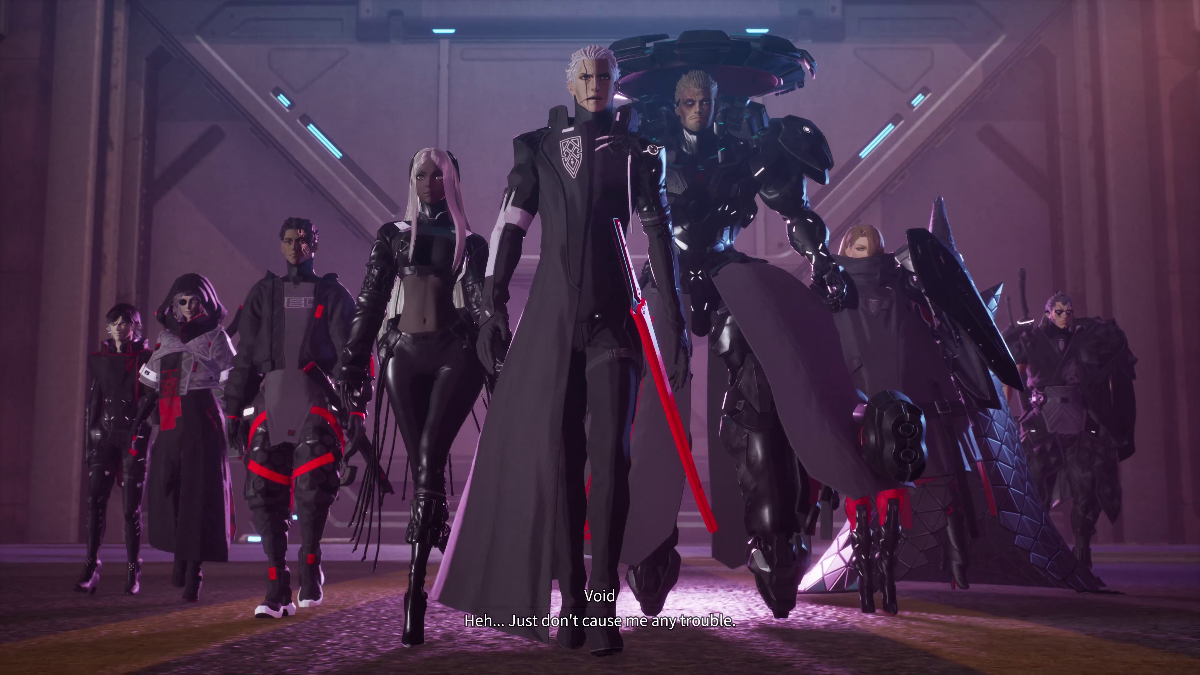
The visual design of Titanic Scion leaves something to be desired, but its value proposition will not leave you wanting. Yes, you could speedrun the main campaign and watch the credits roll after roughly 15 hours, but if you want to complete all the side quests, unlock all the secrets, and tackle every piece of post-game content, you should set aside 50-60 hours. You can also extend the playing time by partnering with other players online. Heck, you could lose hours just to Arsenal customization and genetic fusion, a gameplay system that imbues your character with active and passive skills (and in some cases leads to irreversible physical mutations).
Daemon X Machina: Titanic Scion is an amazing name, and it's also a pretty darn good game. It suffers from some flaws, mostly related to narrative and visual components, but it delivers where it counts: mechanics, systems, and gameplay. If you can power through its lackluster story and forgive its dated assets, you'll find a remarkably deep, daring mech action game.









